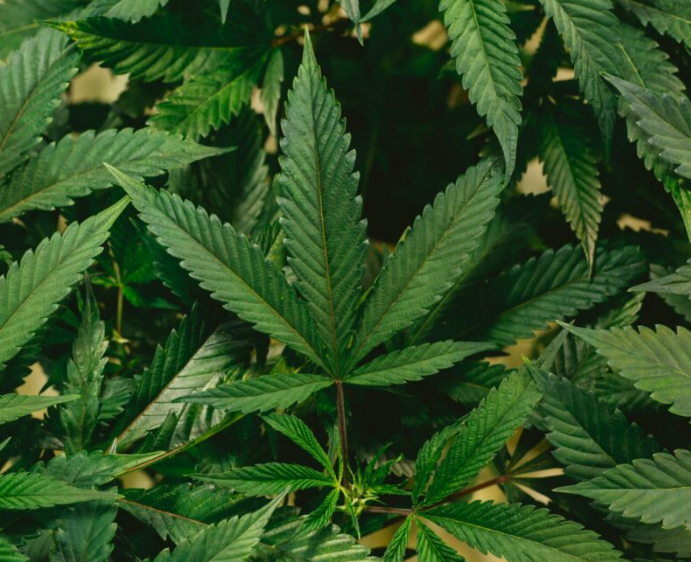New York’s legal marijuana industry is growing like a weed—pun intended—but state regulators say there’s a ceiling. At $1.5 billion in projected annual sales, the market might only have room for about 1,700 licensed dispensaries. Any more than that, and things could get dicey.
That’s the latest from state officials keeping tabs on the fledgling but fast-expanding adult-use cannabis program. Sales have been climbing since the rocky December 2022 rollout, but with growth comes limits—and the risk of saturation is very real.
The Market’s Growing, But It’s Not Infinite
Kevin Brennan, an analyst with New York’s Office of Cannabis Management (OCM), told the Cannabis Control Board last Friday that around 1,700 legal marijuana shops is probably the sweet spot. Go over that, and “people will go out of business,” he warned.
He’s not just guessing. Brennan’s estimate was based on New York’s current sales trajectory—on pace to hit $1.5 billion by the end of 2025. That number’s big, yes, but it also has to be sliced across retailers, suppliers, taxes, overhead, and competition. Spread too thin, and everyone earns less.
Reid, the OCM’s director, had already floated the $1.5 billion figure as a target earlier this year. Now, it’s looking likely.

Record-Breaking May Proves There’s Demand
May 2025 was a record-breaker. Dispensaries across New York rang up over $151 million in sales—the highest monthly total since the market opened. That spike helped nudge confidence upward that 2025 will top 2024’s $1 billion in total legal sales.
And it’s not just the usual hotspots like NYC or Albany. Buffalo, Rochester, and even smaller towns are seeing brisk trade as more stores open and consumer trust builds.
But success brings its own problems.
With more licenses being handed out, there’s worry that too many shops will chase the same customers. And then what? Price wars, thin margins, store closures. It’s the classic boom-to-bust cycle, one the state wants to avoid.
So, How Many Is Too Many?
OCM’s estimate of 1,700 dispensaries may sound like a lot—but it’s actually pretty conservative for a state with nearly 20 million residents.
Just for comparison:
| State | Population (approx.) | Dispensaries (2024) | Sales (2024 est.) |
|---|---|---|---|
| California | 39 million | 3,700+ | $5.9 billion |
| Colorado | 5.8 million | 1,000+ | $1.4 billion |
| New York | 19.8 million | ~120 (early 2024) | $1.5 billion* |
*2025 projection based on current trends
So yes, New York has room to grow. But it’s got to grow smartly. The California example shows that a large number of dispensaries doesn’t automatically equal more success. Oversaturation and price collapses have haunted the Golden State’s cannabis market for years.
The Ghost of Illicit Sales Still Looms
Another twist? The underground market is still thriving in New York. Unlicensed weed stores, mobile trucks, and shady delivery services are still everywhere—and they’re cheaper.
Legal operators are burdened by high taxes, complex compliance rules, and storefront costs. Illegal sellers? None of that. So while 1,700 sounds reasonable, some worry it may not even be viable unless enforcement kicks up.
One retailer in Brooklyn put it bluntly: “We can’t compete on price. They’re selling eighths for what we pay wholesale.”
The State’s Slow Rollout: Blessing or Curse?
New York’s legalisation came with promises of social equity, and the state made a point to prioritise licenses for those impacted by past drug laws. That’s commendable—but it also slowed things down.
The state’s first legal sale didn’t happen until December 2022, more than a year after legalisation. Lawsuits, bureaucratic holdups, and rule confusion delayed everything.
Still, that measured approach may have inadvertently helped prevent the kind of market flooding that sank other states. Regulators now have a chance to course-correct before things go sideways.
What Could Tip the Balance?
A few things could shift the equation, fast:
-
Federal rescheduling: If cannabis is reclassified nationally, that could open the door to bank lending, insurance coverage, and investment.
-
Tax reform: Right now, New York has steep taxes on cannabis. Cutting them could make legal shops more competitive.
-
Crackdown on illicit sales: More enforcement could drive traffic back to licensed shops.
-
Consumer education: Many buyers still don’t know the difference between legal and illegal products—or why it matters.
One sentence to keep things human: Sometimes it just feels like the legal shops are playing chess while the underground is playing checkers—with way fewer rules.
Looking Ahead: Growth, But With Guardrails
The OCM isn’t slamming on the brakes just yet, but the warning is clear: don’t confuse demand with endless room to expand. A gold rush is only good if there’s still gold left to dig.
The idea is to balance opportunity with sustainability. That means making sure the $1.5 billion is shared, not sliced to death. If regulators get it right, New York could become a model for slow, smart cannabis legalisation.
If not? Well, it’s happened before.
